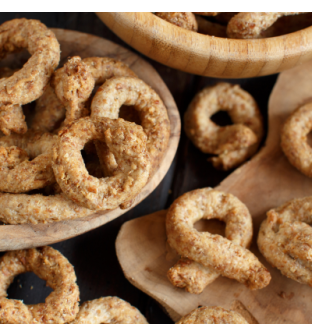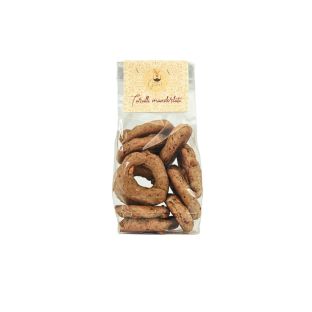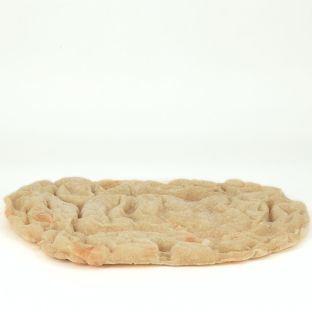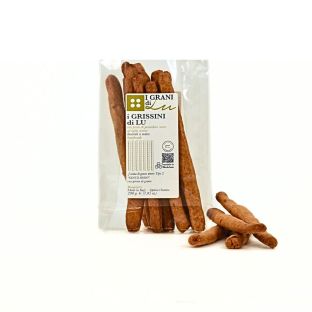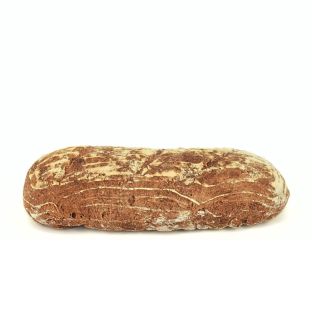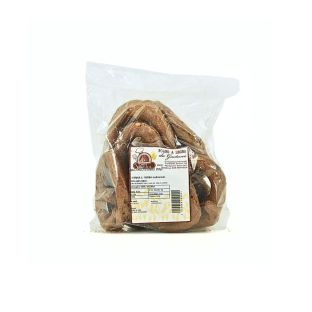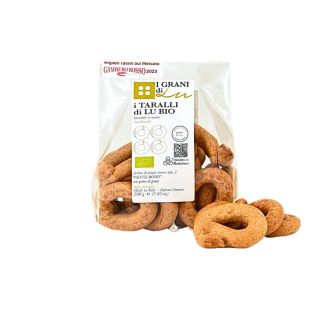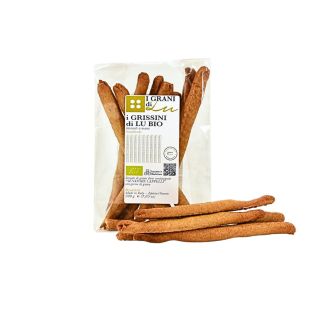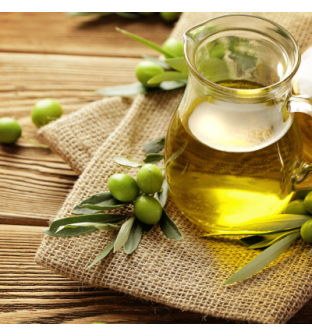Come si fanno i Taralli Artigianali: Una Scoperta Gourmet dal Sud Italia
The art of handcrafted taralli from Southern Italy is quickly gaining popularity, captivating food enthusiasts with their delightful crunch and distinctive flavor. As we delve into this fascinating culinary world, we uncover the unique qualities that make these treats truly authentic and delicious.
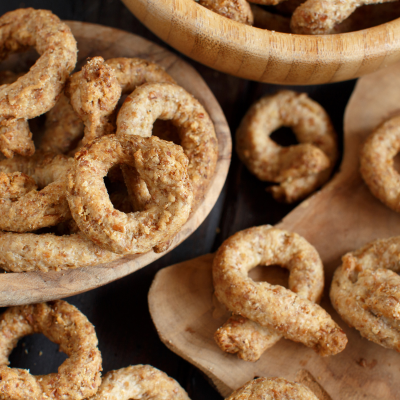
History and Curiosities
The earliest traces of taralli date back to the 18th century when farmers, during a time of famine, created this delicacy from simple ingredients: flour, water, olive oil, wine, and salt. These small rings of dough, with their long shelf life, were ideal for carrying to the fields during long workdays. Today, taralli are much more than just a snack; they embody a piece of history and culture, linking us to the peasant roots and culinary traditions of Southern Italy.
The finest handcrafted taralli are still prepared following ancient recipes, using high-quality ingredients and meticulous care in their production.
What Are the Basic Ingredients and How Are They Prepared?
Taralli are made with a few essential ingredients: flour, water, olive oil, white wine, and salt. Regional variations may include additional ingredients such as fennel seeds, black pepper, chili pepper, or lard (used in Neapolitan taralli).
Preparing the Dough
Mixing: The ingredients are combined in a large bowl or mixer. Flour is added first, followed by olive oil, white wine, water, and salt. The mixture is stirred until it forms a smooth, soft dough.
Kneading: The dough is kneaded by hand or with machines until it becomes smooth and elastic. This step requires skill and attention to ensure the dough is neither too dry nor too sticky.
Forming the Rings
Cutting: The dough is divided into small pieces, which are then rolled into long strips about 1-2 cm in diameter.
Shaping: The strips are cut into smaller segments and shaped into rings by pressing the ends together lightly.
Boiling
Immersion: The dough rings are immersed in boiling water for a few seconds. When they float to the surface, they are ready to be drained.
Drying: After boiling, the taralli are placed on linen cloths or perforated surfaces to dry. This step is crucial for removing excess moisture.
Baking
Arrangement: The dried rings are placed on baking trays, ensuring they do not touch each other to guarantee even baking.
Baking: The taralli are baked at high temperatures (around 200-220°C) until they achieve a perfect golden color, usually for 20-30 minutes. This baking process gives the taralli their characteristic crunchy texture and golden color.
Quality Control and Packaging
Inspection: After baking, each tarallo is inspected to ensure it meets quality standards. They must be crunchy, golden, and have a balanced flavor.
Packaging: The taralli that pass quality control are packaged and ready for distribution.



